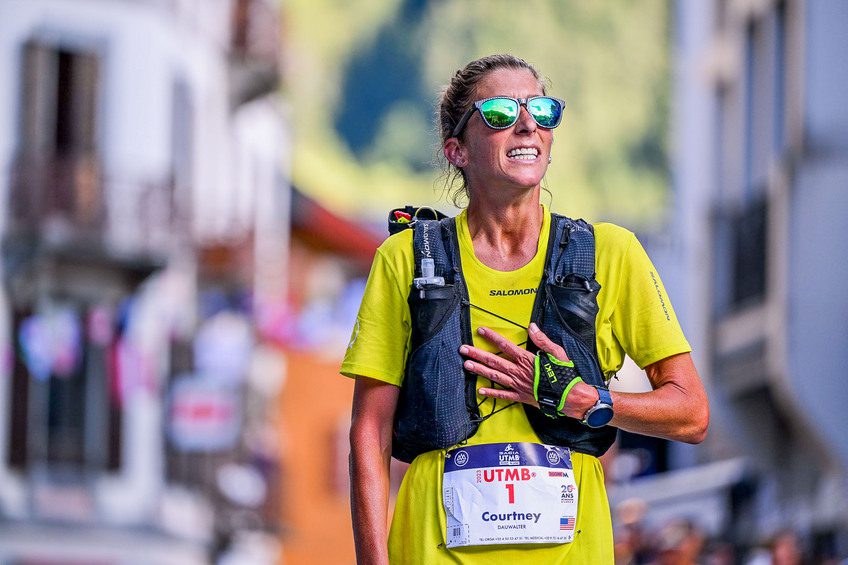Do you need a hydration vest for racing a marathon? What about a half-marathon? Traditionally associated with trail running and ultrarunning, hydration vests are becoming more and more popular on the roads. But why do people wear them? And how useful are they for a marathon or half-marathon?
The case for the vest
The main reason people wear hydration vests is to ensure they have easy access to water during their runs. Hydration is important during long runs or races, particularly in hot weather, and carrying water bottles can be cumbersome and inefficient. A hydration vest provides a convenient and hands-free way to carry enough water or sports drinks to stay hydrated for a few hours. (Most come with either two 500 ml soft bottles that fit into pockets on the front of the vest, which you can drink from without removing them, or a larger hydration reservoir or “bladder” that fits in the back of the vest and from which you drink via a hose with a bite valve–or both. Popular brands like Salomon, Osprey, The North Face, and Nathan offer both.)

Many runners opt to fill one bottle with water and the other with electrolytes.
While most races provide water stations, they can be crowded, and they may not appear as frequently as you would like, so you may have trouble getting as much hydration as you need.
Generally speaking, unless it is extremely hot and you’re racing on trails, you’re unlikely to need the volume of hydration provided by a vest for a half-marathon.
The case against the vest
Some runners love hydration vests for the convenience and peace of mind they provide, but some find them uncomfortable. They may also make you even hotter on an already hot day, since they basically constitute an extra layer of clothing. The advantage is, they can usually hold significantly more fluids than a water belt (not to mention your other essentials, extra clothing, etc.); however, water is heavy, so you may prefer to opt for some combination of carrying your own water and relying on what’s provided on course.
During long training runs, you can plan your route based on the location of water fountains. Some runners even drive or bike their route ahead of time to stash water bottles along the way. Another option is to plan your route so you start from your doorstep and run the same smaller loop multiple times, allowing you to stop and hydrate at home after each lap.
It’s also important to make sure you’re adequately hydrated before a hot run or race.
As with any other piece of gear, if you do decide to invest in a vest for your marathon, be sure to try it out on your long runs a few times before your big day.

